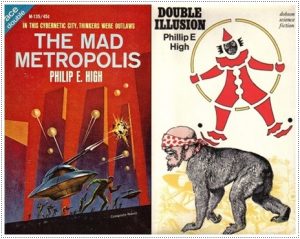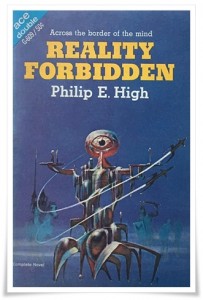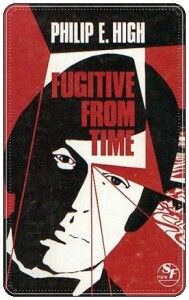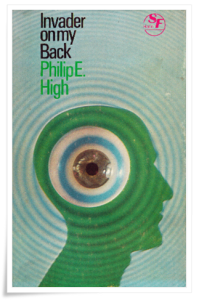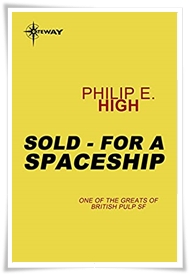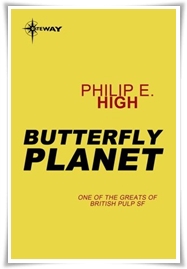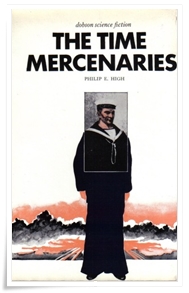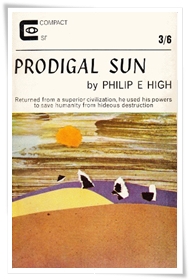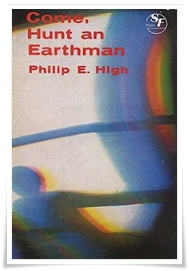The Mad Metropolis
by Phillip E. High (Ace, 1966)
reprinted as “Double Illusion” (Dobson, 1970)
While the central premise remains relevant—humanity entrusting itself to an AI but installing a kill switch that sends it crazy—High’s execution is amateurish, adding layer after extraneous, unpolished layer to turn an intriguing short story idea into a flabby novel.

